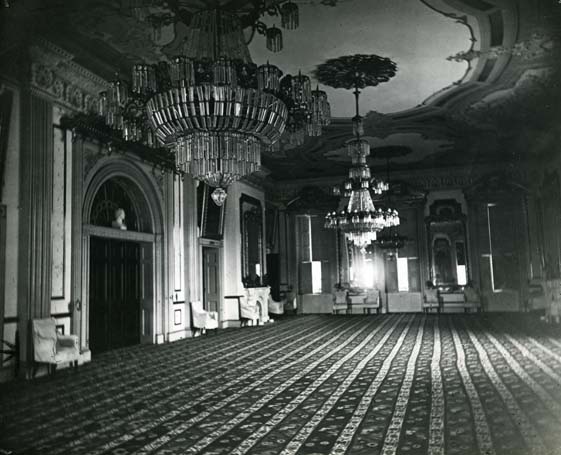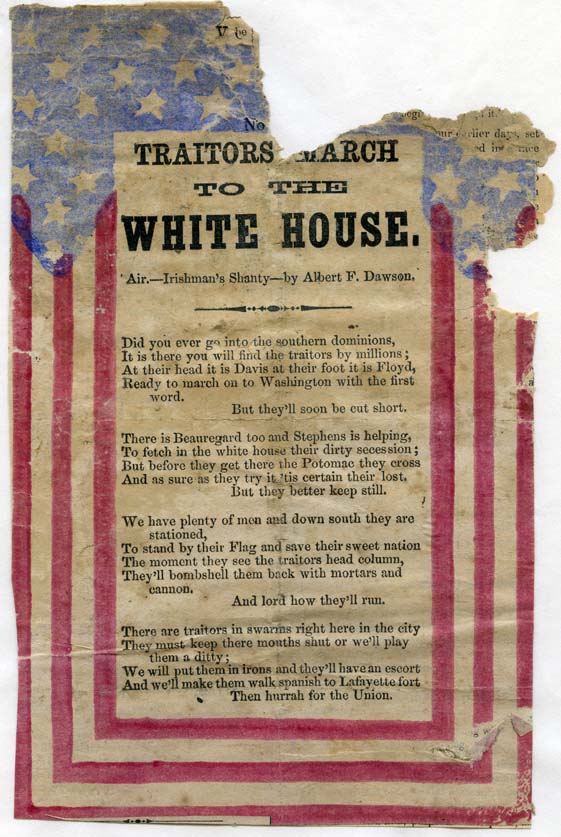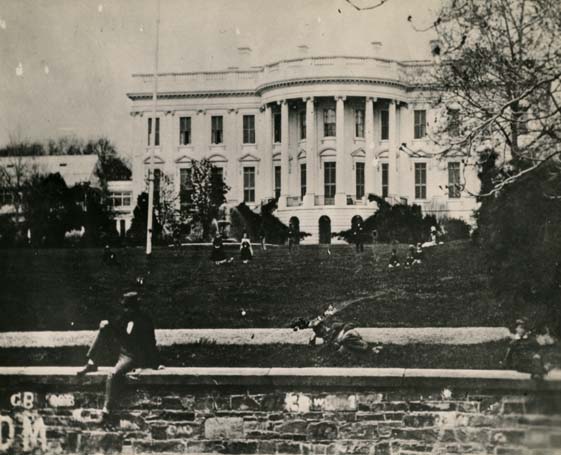
Lincoln's White House |
The White House today is not much different from the one Lincoln and his family moved into in 1861. There was no west wing or oval office (they were built at the turn of the 20th century), and a greenhouse and vegetable garden took the place of decorative trees and rose bushes.
The grand East Room was a stark contrast to the “small, modest, comfortable, wooden cottage” that was Lincoln’s home in Springfield. The somewhat opulent surroundings of the White House never made the President comfortable.
He was known to receive visitors wearing his slippers, although his secretary defended him, stating, “If a few instances occurred where visitors found him in a faded dressing-gown and with slippers down at the heel, such incidents were due, not to carelessness or neglect, but to the fact that they had thrust themselves upon him at unseasonable and unexpected hours.”
Lincoln found it difficult to put up any barriers between himself and the public. Sometime after Lincoln’s assassination, John Hay recalled, “He disliked anything that kept people from him who wanted to see him, and although the continual contact with importunity which he could not satisfy, and distress which he could not always relieve, wore terribly upon him and made him an old man before his time, he would never take the necessary measures to defend himself.” This accessibility endeared Lincoln to the public and to the Union soldiers.
![]()
South front of the White House, ca. 1865

The East Room of the White House, ca. 1860-1870

Irish American patriotic song titled "Traitors March to the White House", 1862
